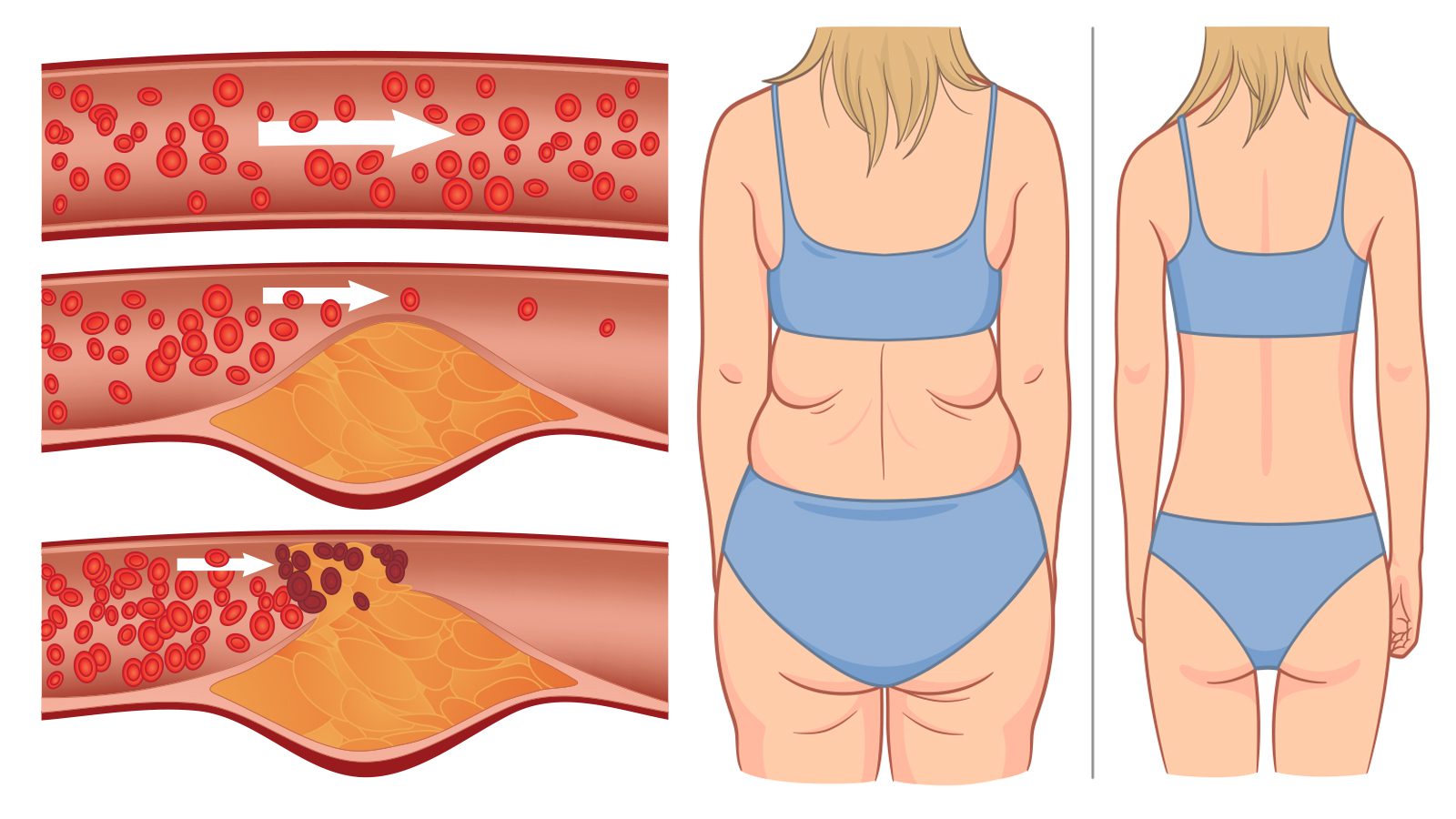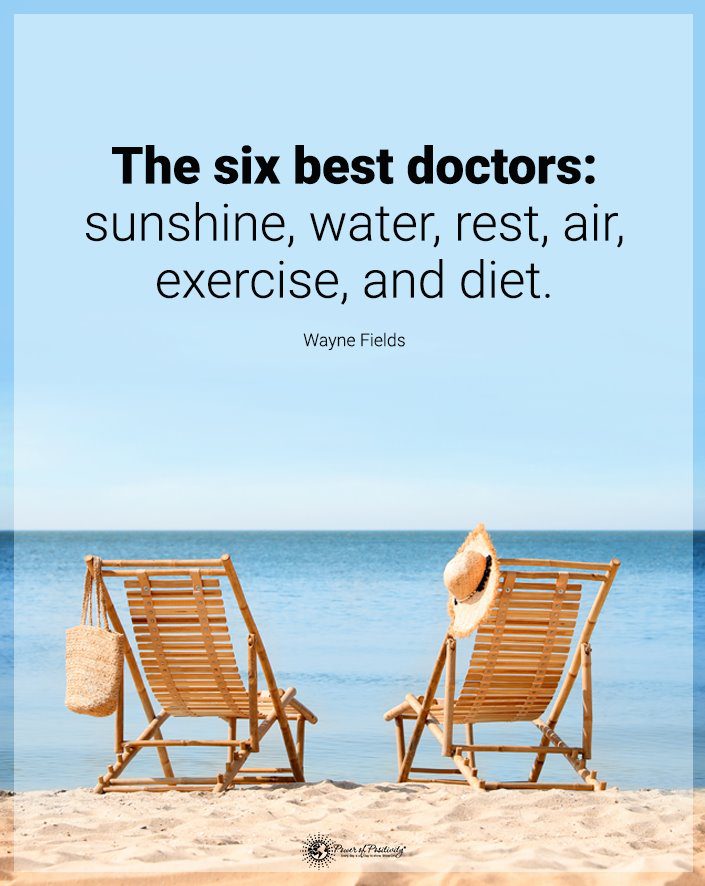Did your doctor advise you of the need to lower cholesterol levels to avoid a heart attack or stroke?
If so, maybe you nodded along, agreeing with the doctor-speak. And now–here you are. So what is cholesterol, and why does it matter?
Cholesterol is the waxy, fat-like material made in your liver. It exists in all your blood cells. Your body requires it to make your tissues, hormones, cell walls, bile acid, and vitamin D. Too much cholesterol in your body threatens cardiovascular diseases. High cholesterol releases fatty deposits in your blood vessels. As these deposits grow, they prevent blood flow through the arteries.
These “bad cholesterol” (LDL) deposits sometimes break off, forming a clot that causes a stroke or heart attack. Because high cholesterol has no symptoms, you won’t know if your cholesterol. The goal is to increase your “good cholesterol”(HDL) and lower your LDL with lifestyle changes.
The need to lower cholesterol exists nationwide.
According to the Centers for Disease Control (CDC), 38% of United States adults have high cholesterol. That’s approximately one out of every three adults. Because you won’t know if you have high cholesterol, you should check your cholesterol with a blood test at least once a year to check your levels. Your levels are affected by stress and diet, but genetics may also play a significant role. So even though you eat well and exercise, genetic makeup significantly influences your health.
What are normal healthy cholesterol ranges?
Cholesterol is measured in milligrams per deciliter (mg/dL).
- The normal range is less than 200mg/DL
- Borderline high is 200 to 239mg/dL
- High is above 240mg/dL
Here are some other things that raise your levels.
- Specific diseases: Chronic diseases like hypothyroidism and kidney disease can elevate your LDL.
- Medications: Certain medications, such as beta-blockers and estrogen, will raise your LDL levels.
- Getting older: Women who enter menopause are more likely to have elevated cholesterol.
- Diabetes: Diabetes lowers your good HDL and raises your LDL–the opposite of what you want.
- A large waistline: Even if you’re not overweight, the size of your waistline can indicate high LDL. For example, men risk high LDL if their waist measures forty inches or more. Women risk high LDL if their waistline is thirty-five inches or more.
Fifteen ways to lower cholesterol
Now that you understand the need to drop LDL and raise your HDL, here are some ways to do it.
1. Sweat to lower cholesterol levels
Believe it or not, sweating can lower your cholesterol levels. Getting physical exercise is key to keeping your numbers down. It’s best to mix high-intensity training with lower-intensity workouts. This type of exercise boosts your LDL levels and helps you avoid a heart attack or stroke. Try these exercises to lower your cholesterol:
- Jogging
- Brisk walking
- Swimming
- Biking
- Yoga
2. Eat salmon to lower cholesterol
Salmon is rich in omega-3 fatty acids. This type of fat boosts your HDL. This “good” type can help to cleanse your artery walls and helps prevent plaque build-up. Salmon is unsaturated fat. It is full of nutrients and protein. If you’re trying to lower your LDL, eat fatty fish like salmon at least twice a week. Other omega3-rich fatty fish you should add to your diet include:
- Sardines
- Mackerel
- Tuna
- Cod
- Herring
- Trout
3. Drink red wine
Drinking a small amount of red wine helps lower your cholesterol. Moderate means drinking no more than one glass of red wine daily for women and two glasses of wine for men. Red wine is high in antioxidants. They help keep your blood vessels strong and healthy. However, consuming too much alcohol leads to serious health problems like heart failure, stroke, and high blood pressure.
4. Eat your oatmeal to lower cholesterol
Oatmeal is a superfood. It’s one of the best cholesterol-fighting soluble fibers you can eat. Soluble fiber lowers your LDL by creating a sticky layer in your small intestines. This sticky layer prevents cholesterol from getting into your bloodstream. However, avoid eating oatmeal packets because they contain a lot of sugar. Instead, making oatmeal and sweetening it naturally with fruits is best.
5. Add beans to your diet
Beans contain cholesterol-fighting fiber. They’re high in protein which is a good substitute for animal proteins. Beans block cholesterol from being absorbed from your intestines into your bloodstream. You can add any type high fiber bean to your diet to help lower your cholesterol, including
- Lentils
- Black beans
- Peas
- Kidney beans
- Chickpeas
- Pinto beans
6. Eat avocado
Avocados are high in monounsaturated fats and HDL (the good kind), lowering your LDL (the bad). They’re also high in antioxidants, phytosterols, and fiber. Spread avocado on toast or add it to a fresh salad for a heart-healthy addition to your diet.
7. Munch on nuts to lower cholesterol
Snacking on nuts such as walnuts, pistachios, and pecans is an excellent way to lower your total cholesterol and your LDL or bad cholesterol. Nuts are high in fiber, vitamins, and monounsaturated fats. However, limit how many nuts you eat because they’re high in calories. Instead, add nuts to your morning oatmeal and salads, or mix with dried fruits to make trail mix.
The healthiest nuts you can eat to help decrease your cholesterol include:
- Pistachios
- Cashews
- Peanuts
- Almonds
- Walnuts
- Hazelnuts
- Sunflower seeds
- Pumpkin seeds
- Brazil nuts
8. Eat fermented foods
Fermented foods aid the gut, but studies show that fermented vegetables, like cabbage, improve cholesterol. Kimchi is a Korean fermented dish made from radishes or cucumbers and cabbage. The natural fermentation process creates good bacteria that are healthy for your gut. Kimchi also contains bioactive ingredients that block cholesterol from absorbing into your bloodstream. These good bacteria also lower your cholesterol. Other fermented foods that help lower your cholesterol include:
- Sauerkraut
- Kefir
- Tempeh
- Kombucha
- Pickles-be sure the label says “lactic acid fermented pickles.”
- Yogurt-Not the sugary kind
- Apple cider vinegar (raw is best)
- Sourdough bread
- Cottage cheese
9. Try dark chocolate to lower cholesterol
Dark chocolate has a lot of antioxidants called flavonoids, which aid in lowering cholesterol. This type of chocolate protects against oxidation of your good cholesterol or LDL. It does this by causing less cholesterol to stick to your arteries. Adding dark chocolate to your diet can help your risk of having a heart attack or stroke.
10. Eat garlic
Eating garlic for medicinal purposes has been advocated for thousands of years. Scientists acknowledged the benefits of eating garlic for cancer-fighting effects, but a recent study found that garlic also has cardiovascular benefits by lowering cholesterol. Garlic contains cholesterol-fighting anti-inflammatory properties and antioxidants. In addition, garlic is a blood thinner. Eating just one garlic clove daily can help decrease your total cholesterol and raise good cholesterol or LDL.
11. Consume vegetable oils
Use liquid vegetable oils instead of butter, lard, or shortening. Cook with oils such as
- Sunflower
- Canola
- Olive
- Safflower
- Plant-based oils are healthier and help decrease your LDL.
12. Increase your intake of soluble fiber
In general, it’s good to increase your soluble fiber. Soluble fiber comes from plants. It does not absorb into your intestines but binds with cholesterol and removes it from your body. Eating five to ten grams of soluble fiber helps lower your overall LDL. Thus, it helps decrease your risk for a stroke or heart attack.
- Brussels sprouts
- Apples
- Carrots
- Broccoli
- Avocados
- Turnips
- Sweet potatoes
- Figs
- Nectarine
- Sunflower seeds
13. Quit smoking
When you quit smoking, you improve your good cholesterol. In addition, researchers say that people who quit smoking see noticeable differences in their heart rate and blood pressure. Quitting smoking also helps your lungs function better and lowers your risk of heart disease.
14. Lose weight to lower cholesterol
Being overweight increases your LDL. Even small changes like eliminating fast foods and switching to water instead of sodas will help you lose weight. Carrying extra weight raises your bad cholesterol. Having excess fatty tissues accounts for more fat in your liver. Even moderate amounts of weight loss help lower your cholesterol.
15. Lower your stress
When you’re feeling under pressure, it raises your risk of high cholesterol. This stress releases a hormone called cortisol. High levels of cortisol trigger triglycerides, which boost your “bad” LDL. The best ways to lower your stress include:
- Get a pet: Caring for a pet has calming benefits. Pets make sweet companions and help you relax.
- Exercise: Exercise is a natural stress reliever. Walking, riding your bike, or playing pickleball, you’ll feel less stressed and happier.
- Get enough sleep: Your recommended seven to eight hours of sleep every night will reduce your cortisol.
- Socialize: Healthy relationships help you feel better about your life and lower stress levels.
- Find out what triggers your stress: Figuring out your triggers will help you feel better when you start to feel stressed.
- Laughter: Laughing releases endorphins, chemicals that boost your mood and make you happier.
- Keep the faith: Studies show that adults who express faith in a higher being have lower cortisol levels than people who don’t believe. Trust in God helps people look at stressful situations with hope and less anxiety. They look to something outside themselves for strength.
- Eat a healthy diet: Eating a healthy diet boosts your body’s overall strength. In addition, it decreases the stress on your body and helps you feel better.
All these combined will lower your stress levels and prevent a stroke or heart attack.
Final thoughts on understanding why lower cholesterol contributes to better health
Cholesterol is necessary for a healthy body, but too much cholesterol builds up fatty deposits in your blood vessels. This bad kind, or LDL, can break into a clot, resulting in a heart attack or stroke. High LDL has no symptoms, so you can’t know your cholesterol is high unless you get a blood test to check it. It’s possible to lower your LDL and increase your HDL through lifestyle changes, healthy eating habits, and physical exercise. These fifteen suggestions will help you lower your cholesterol naturally.
















 Community
Community

